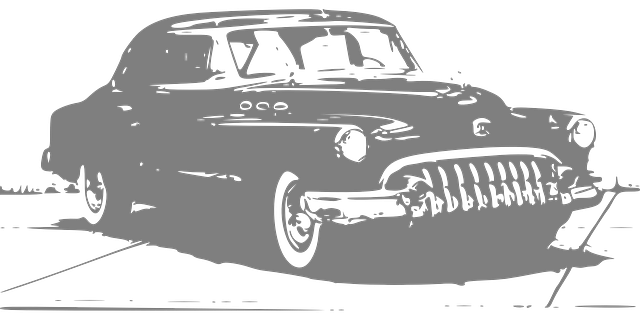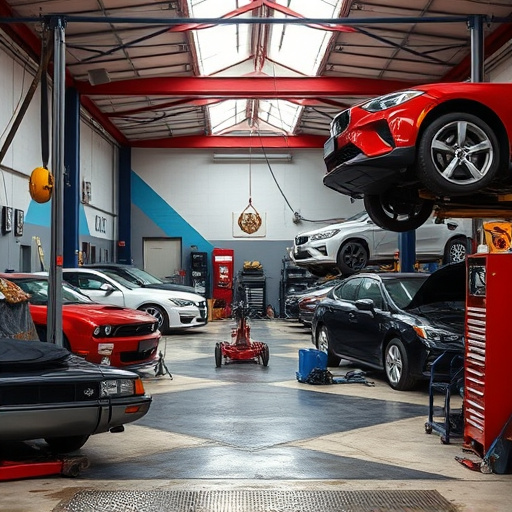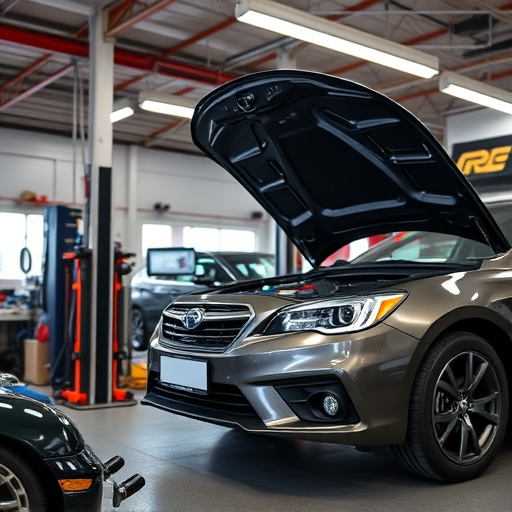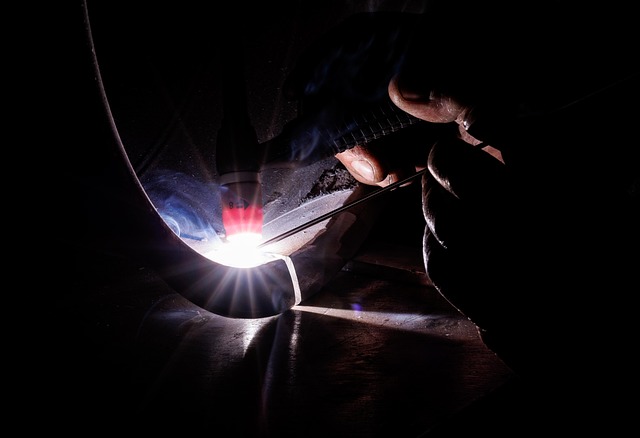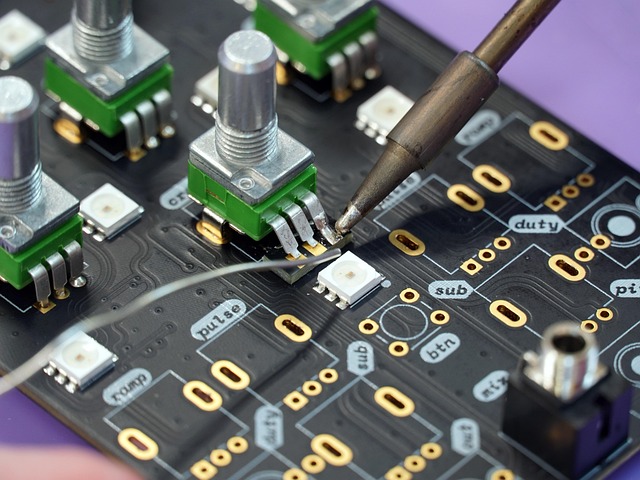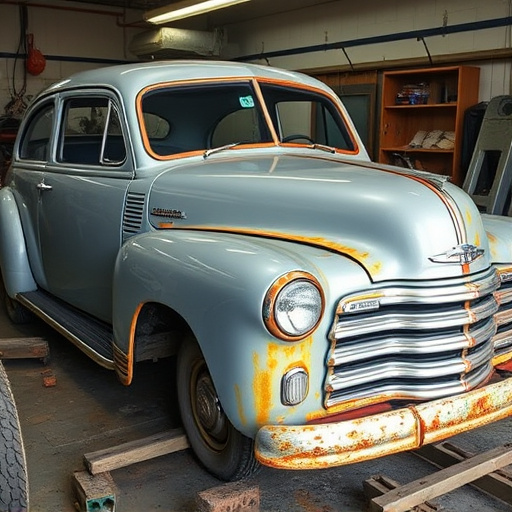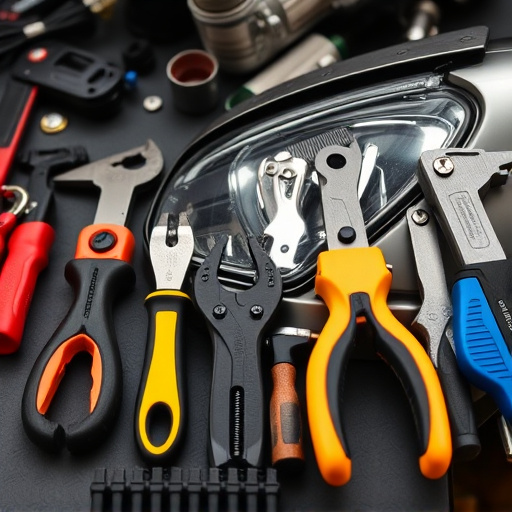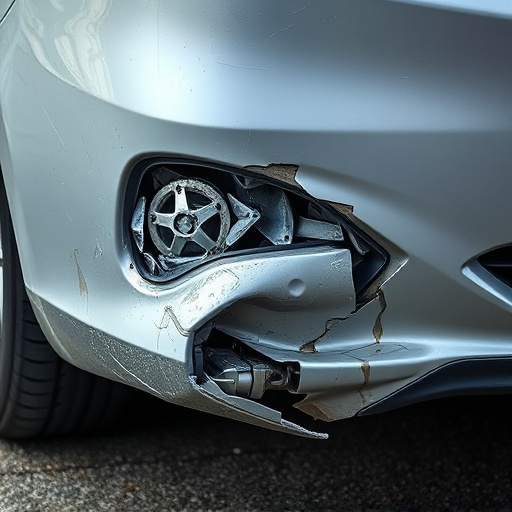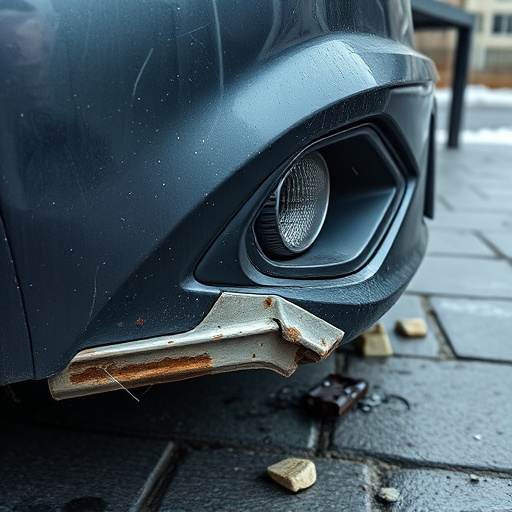Post-accident frame analysis is a critical process in the automotive industry for vehicles intended for resale. It involves detailed examination using advanced tools to assess structural integrity and cosmetic condition, revealing hidden damage. This meticulous approach ensures high-quality repairs, builds trust, maintains transparency, and understands accident history's impact on resale value. By categorizing and prioritizing repairs, collision centers maximize a vehicle's appeal and safety, ultimately enhancing its resale prospects.
Post-accident vehicle inspection is a critical step before resale, ensuring maximum value retention. This comprehensive guide delves into the essential practice of post-accident frame analysis, providing insights for both car enthusiasts and industry professionals. Understanding the nuances of this process can significantly impact a vehicle’s resale value, especially in the aftermath of an incident. By following a structured approach, you’ll learn to identify potential issues, assess repairs, and maximize your return on investment.
- Understanding Post-Accident Frame Analysis
- Why Resale Value Matters After an Accident
- Step-by-Step Guide to Effective Analysis
Understanding Post-Accident Frame Analysis
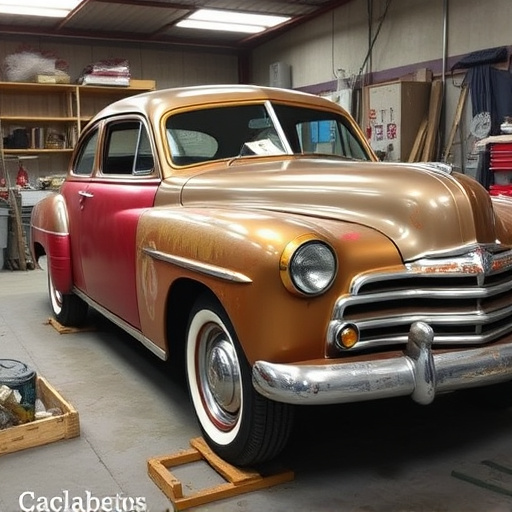
Post-accident frame analysis is a meticulous process that plays a pivotal role in the automotive industry, especially when preparing vehicles for resale. This method involves a comprehensive examination of a vehicle’s structural integrity and cosmetic condition following a collision. It goes beyond mere visual inspection; it includes advanced diagnostic tools to uncover any hidden damage that might affect the safety or performance of the vehicle post-repair.
By employing specialized techniques and equipment, collision centers and automotive repair services can accurately assess the extent of vehicle collision repair needed. This ensures that every aspect of the frame—from the chassis to the suspension systems—is in optimal condition before any repairs are undertaken. A thorough post-accident frame analysis not only guarantees the quality of repairs but also fosters trust between repair facilities, customers, and potential buyers, ensuring a transparent process throughout.
Why Resale Value Matters After an Accident
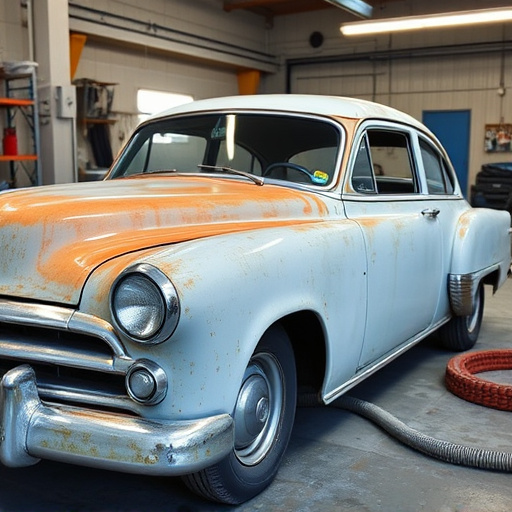
After a vehicle accident, many car owners wonder if it’s worth repairing their damaged vehicle before reselling it. The answer lies in understanding the impact of an accident history on resale value. A post-accident frame analysis is essential to assess not just the structural integrity but also the market perception of the vehicle. While some minor dents and scratches might not significantly deter buyers, extensive damage can lead to a substantial decrease in resale value. This is particularly true for high-value vehicles where potential buyers often conduct thorough inspections.
A collision repair center offering comprehensive tire services and vehicle repair services can play a vital role in enhancing the resale prospects of accident-damaged cars. Skilled technicians can expertly restore the vehicle to its pre-accident condition, ensuring it meets safety standards and looks as good as new. This not only increases the car’s appeal to potential buyers but also guarantees that every aspect of the vehicle is working optimally, providing peace of mind for the seller.
Step-by-Step Guide to Effective Analysis
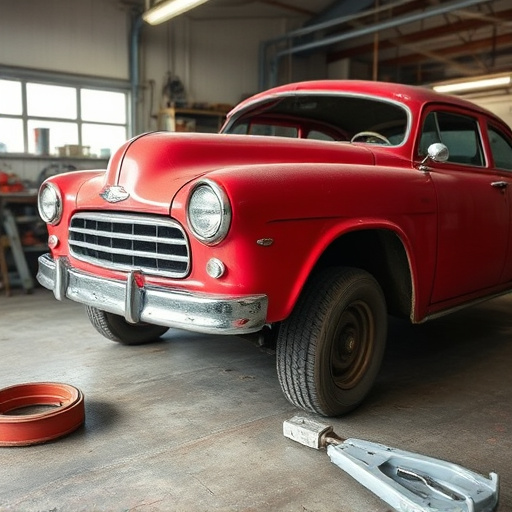
Conducting a meticulous post-accident frame analysis is paramount to ensuring a vehicle’s safety and resale value. Here’s a step-by-step guide to help you navigate this process effectively:
1. Inspect the Damage: Begin by thoroughly examining the vehicle from all angles. Look for dents, cracks, or any signs of structural compromise. This initial step will give you an overview of the extent of the damage and pinpoint areas that require closer attention during the analysis.
2. Document Everything: Take detailed photos and videos of the damaged areas. These visual records are invaluable for tracking repairs and ensuring accuracy. Additionally, jot down notes on each observation, including measurements, angles, and any unique features or components that might be affected.
3. Assess Structural Integrity: Check for signs of misalignment in panels, frames, and chassis. Utilise specialized tools to measure and compare key structural elements against the vehicle’s original specifications. This step ensures that the frame is safe to work on and won’t compromise future performance or safety standards, especially regarding advanced driving systems common in modern vehicles.
4. Identify Needed Repairs: Based on your inspection, create a comprehensive repair list. Categorize tasks into autobody repairs, auto painting, and any mechanical adjustments required due to the accident. This clear breakdown will help you plan, quote costs, and communicate effectively with potential buyers or repair facilities.
5. Prioritize and Plan: Prioritize repairs based on urgency and impact on safety. Simple aesthetics issues can wait, but structural or safety-related concerns should be addressed first. Once prioritized, create a timeline for repairs, ensuring that all tasks are completed to a high standard before considering resale.
Post-accident frame analysis is a vital process that every vehicle owner should consider before reselling their car. By thoroughly understanding and implementing this analysis, you can ensure your vehicle retains its resale value, even after an accident. This step-by-step guide has equipped you with the knowledge to navigate this process effectively, allowing you to make informed decisions and maximize your return on investment when selling your car post-accident.
